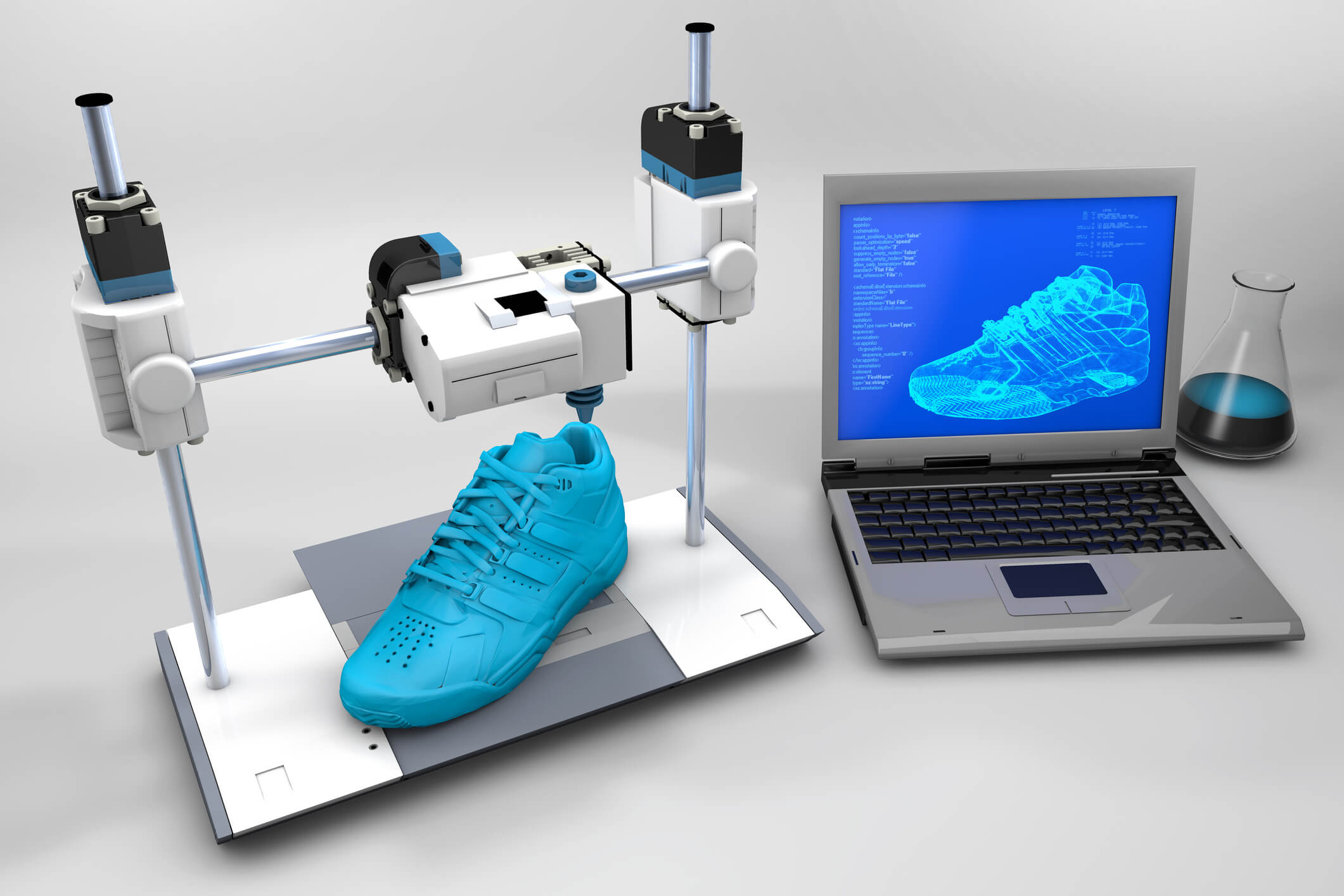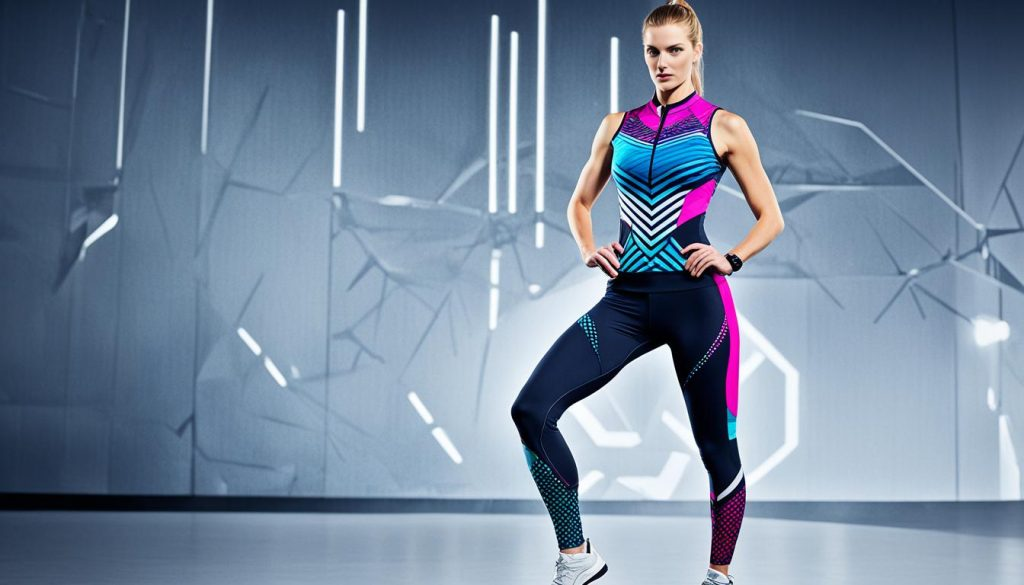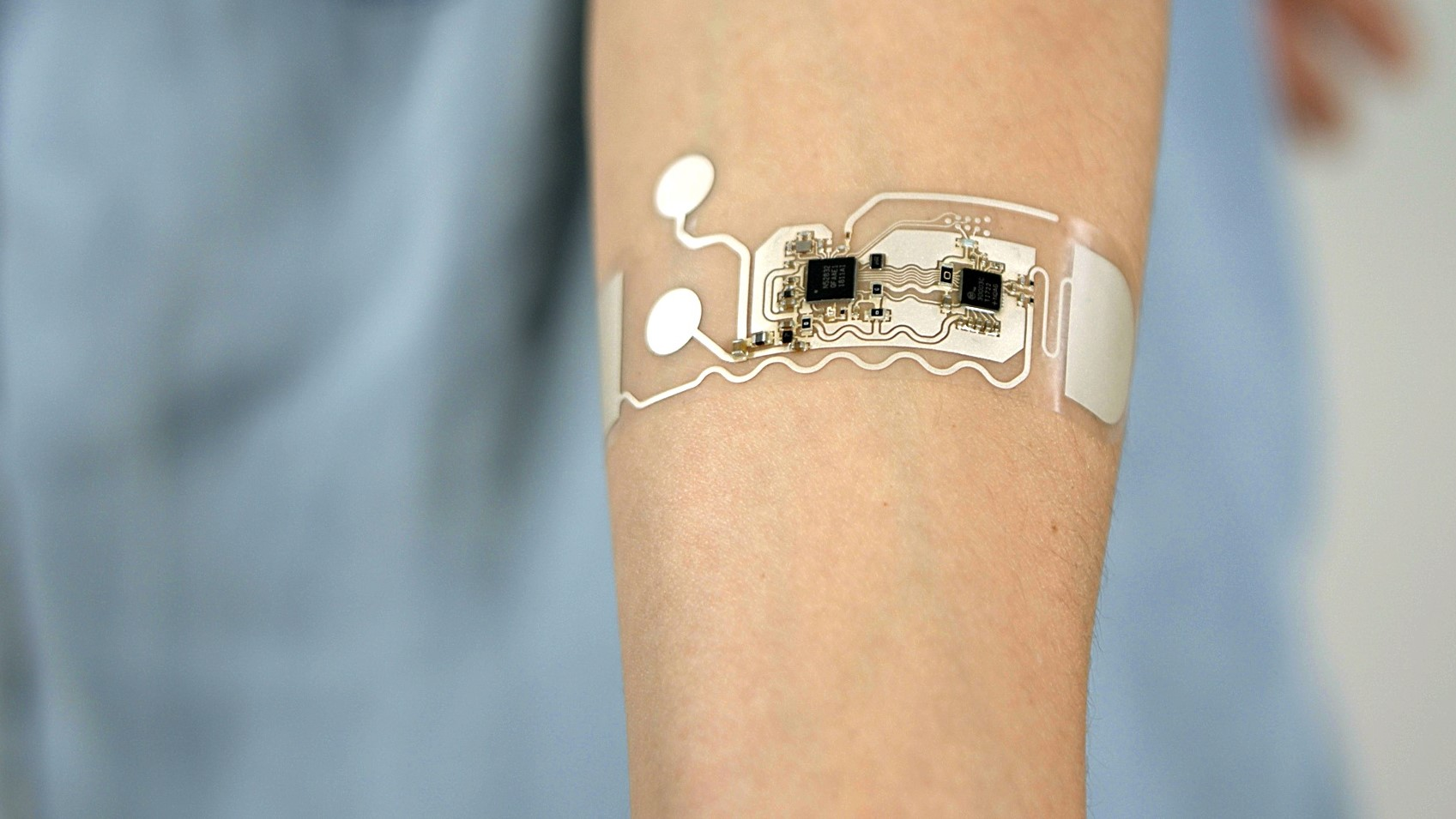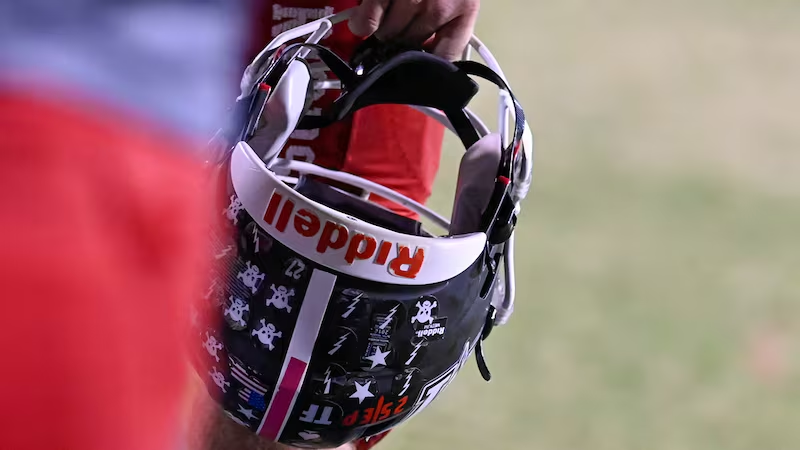amicitaacademy.com – The world of sports has always been at the forefront of innovation, with new technologies emerging to enhance performance, increase safety, and improve athlete comfort. One of the most groundbreaking advancements in recent years is the adoption of 3D printing technology. This versatile manufacturing process has revolutionized the way sports equipment is designed and produced, offering unprecedented customization and performance benefits.
What is 3D Printing?
3D printing, also known as additive manufacturing, involves creating three-dimensional objects layer by layer from digital models. Unlike traditional manufacturing methods that involve cutting or molding materials, 3D printing builds objects from scratch using materials such as plastics, resins, or even metals.
This method allows for intricate designs and structures that would be difficult or impossible to achieve with conventional manufacturing techniques.
Applications of 3D Printing in Sports Equipment
1. Customized Footwear for Enhanced Performance
Major sports brands like Adidas, Nike, and New Balance have embraced 3D printing to create customized footwear for professional athletes and consumers alike.
- Adidas 4D Series: Incorporates 3D-printed midsoles designed to provide optimal energy return and cushioning based on the user’s activity patterns.
- Nike Flyprint: The world’s first 3D-printed textile upper for running shoes, which offers a lightweight and breathable design with a precise fit.
The ability to customize shoe components based on individual biomechanics helps athletes achieve better performance and reduce the risk of injury.
2. Protective Gear for Increased Safety
3D printing has enabled the development of lightweight and highly protective sports gear, which is essential for contact sports like football, hockey, and rugby.
- 3D-Printed Helmets: Companies are designing helmets with customized internal padding to fit the athlete’s head perfectly, improving comfort and shock absorption.
- Protective Padding: Custom-fit shoulder pads and knee guards made through 3D printing offer superior protection while allowing for greater freedom of movement.
The flexibility of 3D printing allows for complex lattice structures that dissipate impact energy more effectively than traditional materials.
3. Performance-Enhancing Equipment
Athletes across various sports benefit from 3D-printed equipment tailored to their specific needs.
- Bicycle Components: High-performance cycling brands are using 3D printing to create lightweight and aerodynamic bike frames, handlebars, and saddles.
- Tennis Rackets: Custom grips and frame reinforcements made with 3D printing enhance racket stability and precision.
- Golf Clubs: Manufacturers are producing custom-fit club heads and grips using 3D printing to improve swing dynamics.
4. Faster Prototyping and Innovation
One of the key advantages of 3D printing is the ability to rapidly prototype new designs. In the competitive world of sports, time is of the essence when developing and testing new equipment.
- Quick Iterations: Engineers can quickly produce and test multiple versions of a product, such as shoe soles or bike components, to find the optimal design.
- Cost Efficiency: Since 3D printing eliminates the need for expensive molds and tooling, it reduces the overall cost and time required for product development.
Environmental and Sustainability Benefits
3D printing also offers environmental benefits in the production of sports equipment.
- Reduced Material Waste: Traditional manufacturing often results in significant material waste. 3D printing uses only the material needed for the final product, minimizing waste.
- Recyclable Materials: Many 3D printing materials are recyclable, contributing to a more sustainable production process.
- On-Demand Manufacturing: 3D printing allows for localized and on-demand production, reducing the need for large-scale manufacturing and transportation.
Challenges and Future Potential
While 3D printing has made significant strides in sports equipment, challenges remain.
- Material Limitations: Not all materials used in traditional sports equipment can be replicated with 3D printing.
- Durability Concerns: Some 3D-printed components may not be as durable as traditionally manufactured ones, particularly in high-impact sports.
- High Initial Costs: The technology and equipment required for large-scale 3D printing can be expensive.
Despite these challenges, the future looks promising. As 3D printing technology continues to advance, we can expect even more innovative and personalized solutions for athletes and sports enthusiasts.
Conclusion: A Game-Changer for the Sports Industry
3D printing is transforming the sports industry by enabling customized, lightweight, and high-performance equipment. From personalized footwear to protective gear and rapid prototyping, this technology is helping athletes push the boundaries of their performance while promoting sustainability.
As 3D printing continues to evolve, it is likely to become an even more integral part of sports equipment manufacturing, revolutionizing the way athletes train, compete, and stay safe.






